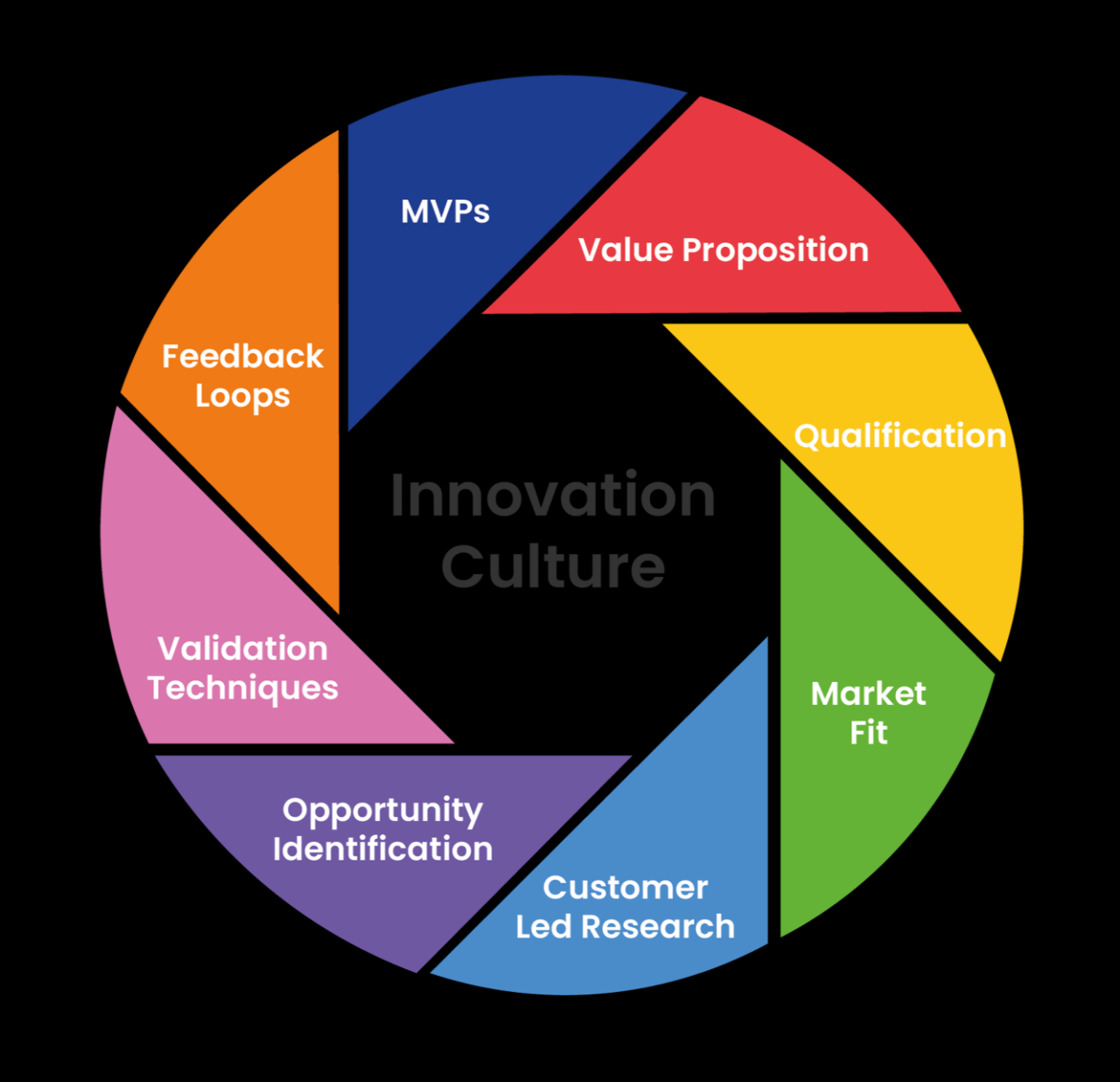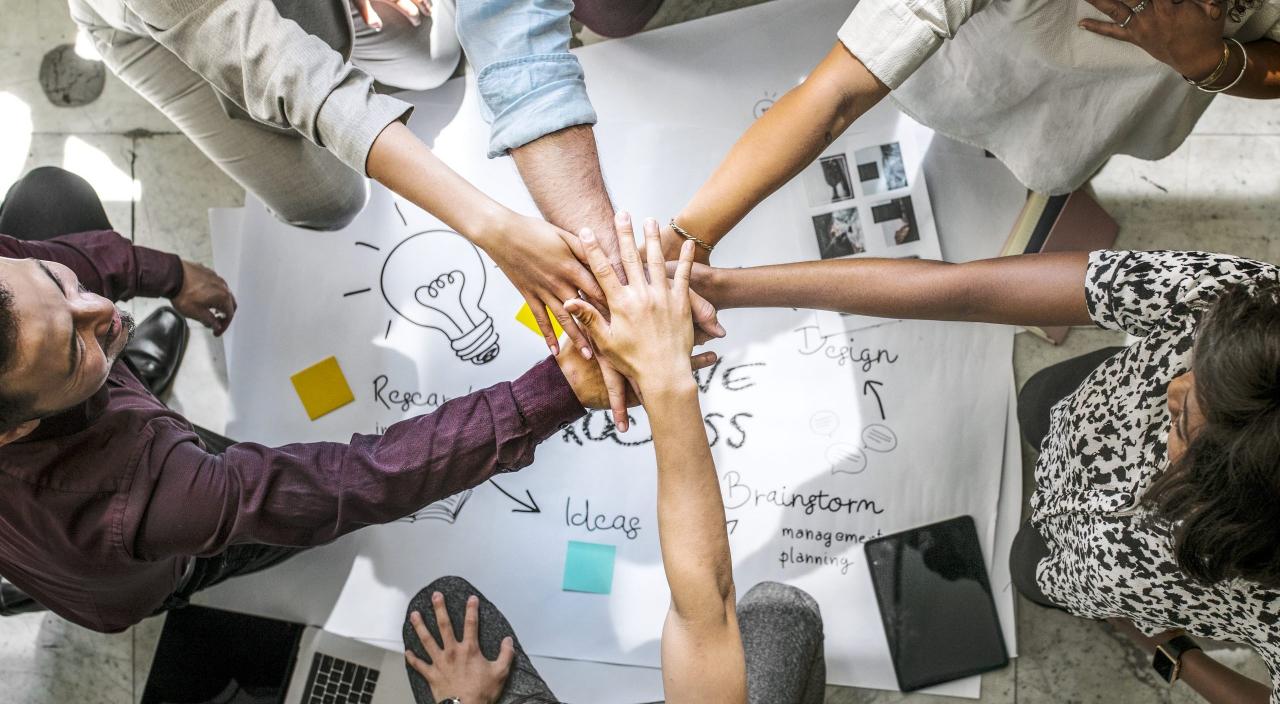The phrase “culture of innovation” is often used, but what does it truly mean to foster an environment where novelty isn’t just encouraged, but becomes an intrinsic part of the organizational DNA? It’s about moving beyond buzzwords and building a framework that supports, rewards, and sustains creative thinking at every level. This article explores the core components of creating a culture that consistently generates new ideas, products, and processes. It’s a comprehensive guide to embedding innovation not as a one-time project, but as a continuous state of being.
The Foundational Pillars of a Novelty Culture
A genuine culture of innovation is built on several interconnected pillars. It’s not enough to simply say you value new ideas; you must create the conditions for them to thrive. The foundations are psychological safety, a willingness to fail, and the freedom to experiment.
- Psychological Safety as the Bedrock: The single most important element is creating a space where employees feel safe to share half-formed ideas, voice concerns, and even make mistakes without fear of ridicule or punishment. When people are afraid, they hold back. True innovation requires vulnerability. Leaders must actively model this behavior, admitting their own errors and celebrating the lessons learned from failures. Teams that feel psychologically safe are more likely to engage in open dialogue and constructive conflict, which are essential for refining and strengthening new concepts.
- Embracing Intelligent Failure: In a traditional work environment, failure is often seen as a career-ending event. In a culture of innovation, it’s a necessary step on the path to success. The key is to distinguish between intelligent failure and reckless failure. Intelligent failure is the result of a well-thought-out experiment that yields valuable data, even if the outcome isn’t what was expected. It’s about failing fast and learning faster. This mindset encourages calculated risks and prevents people from sticking to the status quo out of fear. It shifts the focus from avoiding failure to maximizing learning from it.
- Providing the Freedom to Explore: Innovation doesn’t happen on a rigid schedule. It requires dedicated time and resources for exploration. This means giving employees the autonomy to work on projects that interest them, even if they’re outside their usual job description. Companies like Google famously implemented “20% time,” allowing engineers to spend one day a week on personal projects. While the implementation of this concept has evolved, the core principle remains: a company must allocate time and space for unplanned, curiosity-driven work. This freedom is what often leads to the most groundbreaking discoveries.
The Systemic Levers: Tools and Processes for Sustained Innovation
Building the right mindset is the first step; the next is to create systems and processes that reinforce that mindset. These tools ensure that innovative ideas are not just generated but also captured, developed, and brought to fruition.
- Idea Management and Sourcing: Innovative ideas can come from anywhere: the front-line staff, a customer service representative, or an intern. A robust idea management system provides a centralized platform for capturing these ideas. This system should be easy to use, accessible to everyone, and should provide a clear path for an idea to be reviewed, evaluated, and potentially incubated. It’s not enough to have a suggestion box; you need a transparent process that shows how ideas are being considered and provides feedback to the originators.
- Structured Brainstorming and Design Thinking: While unstructured freedom is important, sometimes the best ideas emerge from structured processes. Design thinking, a methodology that focuses on empathy, ideation, prototyping, and testing, is a powerful tool for solving complex problems. It encourages a human-centered approach, ensuring that solutions are not just technologically feasible but also desirable and viable. Workshops and dedicated sessions can help teams systematically break down problems and build innovative solutions.
- Cross-Functional Collaboration: Silos are the enemy of innovation. When different departments operate independently, valuable insights and perspectives are lost. A culture of novelty actively breaks down these barriers by creating cross-functional teams and projects. This allows engineers to understand marketing challenges, and for sales teams to offer valuable feedback to product development. This kind of collaboration sparks new connections and insights, as different mindsets and expertise converge on a shared problem.

The Leadership Role: Nurturing and Championing New Ideas
Ultimately, a culture of innovation is driven from the top. Leaders must be more than just supporters; they must be active champions, advocates, and role models for the behavior they wish to see.
- Modeling the Behavior: Leaders must embody the values of the culture. This means publicly celebrating failures that lead to learning, openly discussing their own creative processes, and actively seeking out and listening to new ideas from their teams. Their actions speak louder than any memo.
- Resource Allocation and Risk-Taking: Leaders must put their money where their mouth is. This involves allocating dedicated budgets and resources to experimental projects, even those with uncertain outcomes. It also means protecting teams that are working on high-risk, high-reward projects from internal pressure and short-term performance metrics. This financial and emotional support signals that innovation is a serious business priority.
- Celebrating Novelty: A culture of innovation doesn’t just tolerate new ideas; it celebrates them. This can take many forms: from company-wide awards for innovative projects to simply sharing success stories in team meetings. The celebration should focus not just on the outcome, but on the process—the effort, the learning, and the courage it took to try something new. This public recognition reinforces the value the company places on creative effort.

The Feedback Loop: Measuring and Adapting the Innovation Culture
Like any other business process, a culture of innovation must be measured and continuously improved. This isn’t about setting rigid KPIs for creativity, but about understanding what’s working and what’s not.
- Qualitative and Quantitative Feedback: Regularly gather feedback from employees about the innovation climate. Surveys can measure things like psychological safety and perceived freedom, while one-on-one conversations can uncover deeper insights. Ask questions like: “Do you feel comfortable proposing a radical idea?” or “What obstacles prevent you from exploring new solutions?”
- Tracking Innovation Metrics: While hard to quantify, some metrics can provide a pulse on innovation. This could include the number of new patents filed, the percentage of revenue from new products or services launched in the last three years, or the number of successful internal projects spun out of dedicated exploration time. These metrics should be used as guides, not as rigid targets, to understand the health of the innovation pipeline.
- Continuous Adaptation: A culture of innovation is not a destination; it’s a journey. The company must be willing to adapt its own processes and values as it learns what works best. The innovation culture itself should be a subject of continuous improvement, reflecting the very values it seeks to foster.
In conclusion, creating a culture of novelty is a multi-faceted endeavor that requires a commitment to psychological safety, a willingness to embrace intelligent failure, and a systematic approach to nurturing new ideas. It’s a deliberate and ongoing effort, not an accident. By focusing on these foundational pillars, companies can build an engine of continuous innovation that ensures they remain relevant and competitive in an ever-changing world. It’s about empowering every individual to be a source of progress, turning a one-time spark of genius into a self-sustaining bonfire of creativity.












